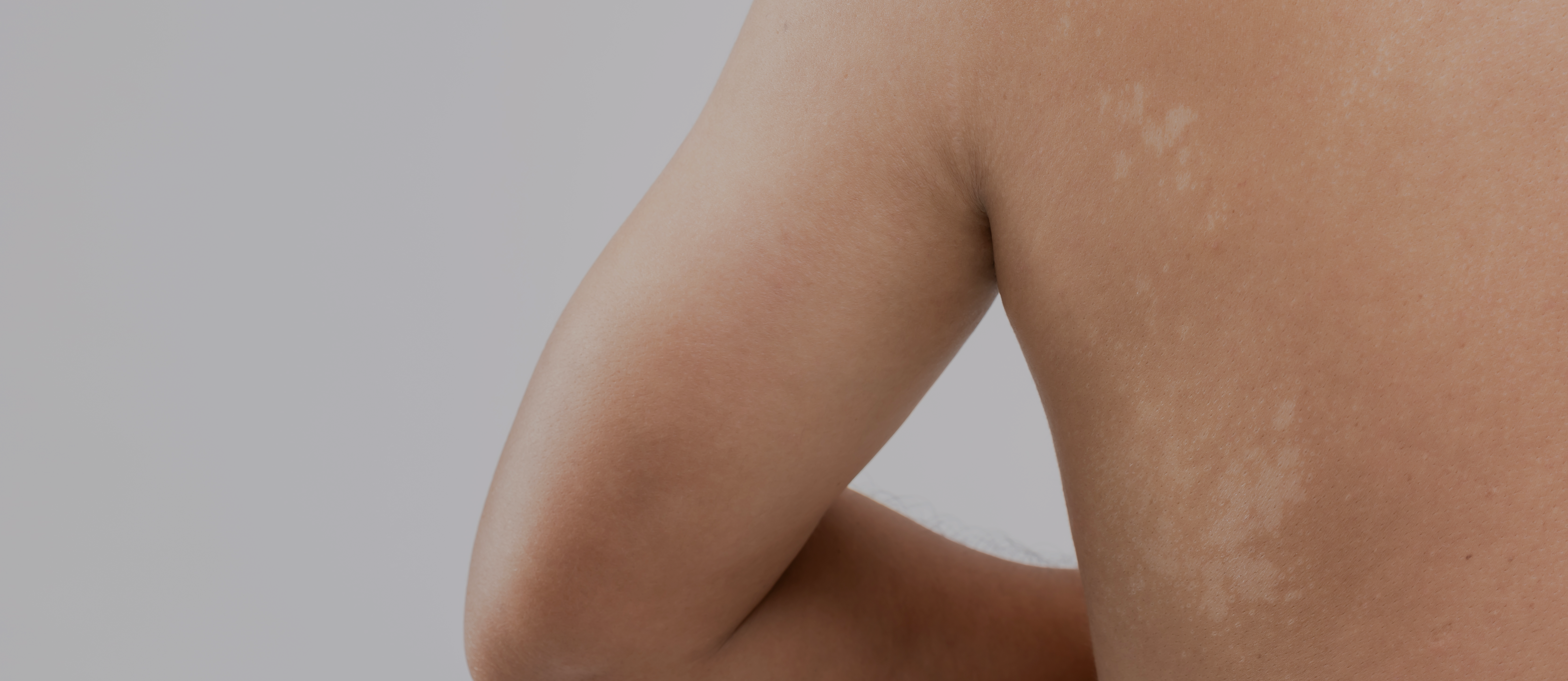
Mojca Bizjak, Mitja Kosnik, Dorothea Terhorst-Molawi, Dejan Dinevski, Marcus Maurer
Front Immunol. 2021 Apr 29;12:665491. doi: 10.3389/fimmu.2021.665491. eCollection 2021
Cold urticaria is a condition characterized by wheals and/or angioedema in response to cold. It is usually diagnosed after provocation testing, and trigger thresholds measure its activity. Just as “common” urticaria, cold urticaria is also a mast-cell driven condition, where cold is an activating signal which causes a release of histamine from dermal mast cells. Cold agglutinins and cryoglobulins were designated as elements related to cold urticaria. The objective of this study was to understand the impact of cold agglutinins and cryoglobulins on the molecular level and evaluate strategies for cold urticaria.
This was a single-center prospective cohort study that included 35 participants with cold urticaria. They were analyzed for cold agglutinins and cryoglobulin, demographics, history data, cold stimulation test results, complete blood count values, C-reactive protein, total immunoglobulin E levels, and basal serum tryptase levels.
Sixteen (46%) of the 35 participants tested positive for cold agglutinin, and 9 (27%) of 33 tested participants had a positive cryoglobulin test. There was no gender association for cryoglobulin. However, a positive cold agglutinin was mainly in female participants. Also, a positive cold agglutinin test showed a higher rate of reactions triggered by cold ambient air, immersion in cold water, and aggravated by summer humidity. These participants also had more angioedema triggered by cold foods or drinks.
Cold agglutinin serum levels correlated with erythrocyte and monocyte counts. Cryoglobulin concentrations associated with basal serum tryptase levels and cold urticaria duration.
In conclusion, this study suggests that cold agglutinins and cryoglobulins are related to the course and pathogenesis of cold urticaria. More studies are encouraged to explore mechanisms of action, treatment, and use as biomarkers.









